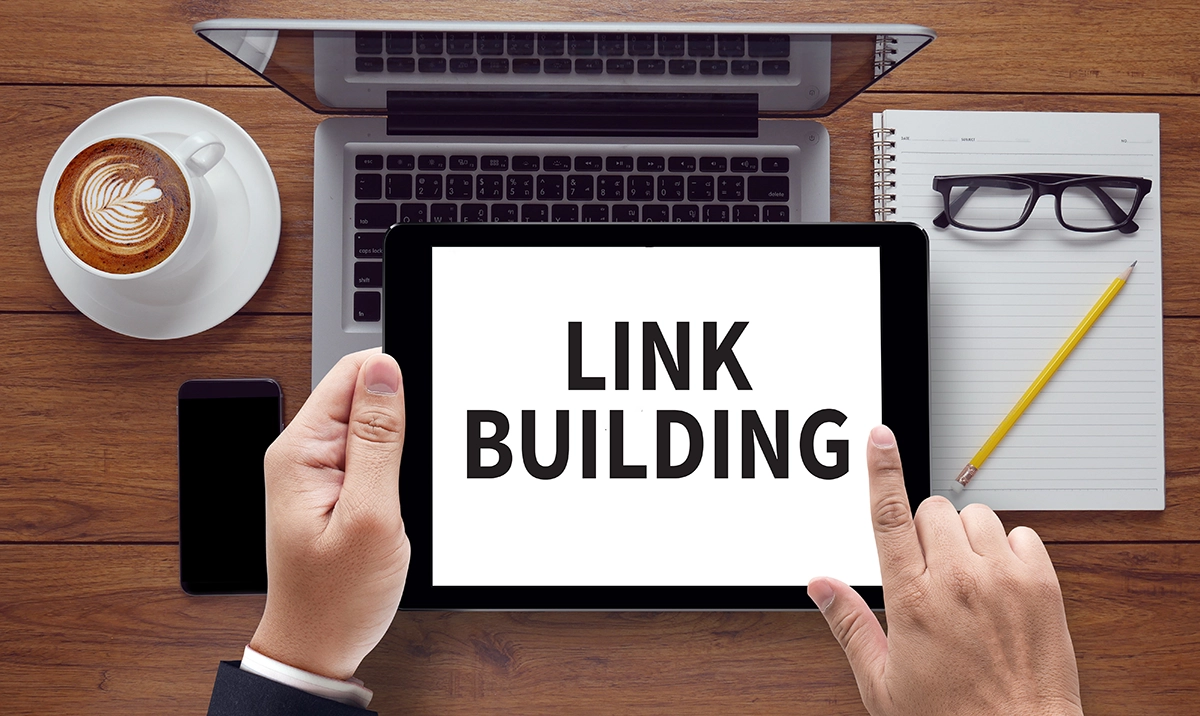Internal Link Building: The Secret Weapon for Your E-E-A-T Content Strategy
In the ever-evolving SEO landscape, building trust and authority remains paramount. Google’s E-E-A-T (Expertise, Authoritativeness, and Trustworthiness) criteria play a significant role in determining a website’s ranking and visibility. While high-quality content remains the foundation, a powerful yet often overlooked strategy can significantly amplify your E-E-A-T efforts: internal link building.
The Power of Internal Link Building
Internal links are hyperlinks within your website that connect relevant pages. They serve two primary purposes:
- User Experience: By allowing users to seamlessly navigate between related content, internal links enhance user experience. This keeps visitors engaged, exploring deeper into your website and discovering valuable information.
- Search Engine Signals: Internal links act as a roadmap for search engines, helping them understand the hierarchy and organisation of your content. Strategic linking tells search engines which pages are most important on your site and how different topics are interrelated.
The E-E-A-T Connection
So, how does internal linking contribute to a strong E-E-A-T profile? Here’s how:
- Expertise: Well-placed internal links demonstrate your website’s depth of knowledge on a particular subject. By connecting informative articles on various subtopics within a broader theme, you showcase your expertise in that domain.
- Authoritativeness: Strategic linking distributes “link juice” (ranking power) throughout your website. By linking from high-authority pages to relevant, yet less authoritative ones, you help elevate the overall authority of your content.
- Trustworthiness: A well-organised website structure with clear and contextual internal links fosters trust with users. It signifies a well-maintained site with a commitment to providing users with a seamless and informative experience.

Internal Link Building for E-E-A-T
Now that we understand the connection, let’s delve into actionable strategies for implementing internal linking within an E-E-A-T-focused content strategy.
1. Content Hubs and Pillar-Cluster Model
- Content Hubs: Develop thematic content hubs on your website. These hubs act as central landing pages, encompassing a broad topic and linking to in-depth, pillar content pieces that delve deeper into specific subtopics. This structure clearly demonstrates expertise in a particular field.
- Pillar-Cluster Model: Use the pillar-cluster model to create a network of interlinked content. The central pillar page offers a high-level overview of the main topic, while surrounding cluster pages provide detailed information on specific aspects. Linking from the pillar page to relevant clusters and vice versa establishes a topical hierarchy and strengthens your website’s authority.
2. Contextual Internal Link Building Within Content
Weaving internal links naturally into the body of your content goes a long way in building a strong E-E-A-T profile.
- Identify Linking Opportunities: As you write content, actively seek opportunities to link to existing, relevant pages on your website. This could be when introducing a new concept, providing additional details on a specific point, or offering further resources.
- Use Descriptive Anchor Text: The anchor text (the clickable text) plays a crucial role. Opt for clear and descriptive anchor text that accurately reflects the content on the linked page. Not only does this enhance user experience but also provides search engines with context about the relationship between the pages.
3. Prioritising User Experience in Link Placement
Remember, good internal linking should primarily benefit your users. Here’s how to ensure your links provide value:
- Link to Relevant Content: Links should always connect to pages that genuinely expand on the topic at hand. Don’t force links for the sake of SEO.
- Avoid Link Overload: While internal linking is beneficial, overstuffing your content with links can be overwhelming for users. Aim for a natural flow with relevant links strategically placed.
- Consider Link Placement: The placement of your links can influence user behaviour. Consider placing internal links within the body of your content, where users are actively engaged in reading, rather than hiding them at the bottom of the page.
4. Utilising Internal Linking Tools
Several website analytics and SEO tools offer features dedicated to internal linking. These tools can help you identify orphaned pages (pages with no backlinks), analyse your current link structure, and even suggest potential linking opportunities.
5. Content Audit and Refresh
Regularly audit your existing content to identify opportunities for internal linking. As you create new content, revisit older pieces and see if there are relevant connections to be made. Reinvigorate outdated content with fresh perspectives and internal links to more recent, authoritative pieces on your site.
The Ongoing Journey of E-E-A-T and Internal Link Building
Internal linking is not a one-time fix. It’s an ongoing process that requires continuous refinement and adaptation. Here are some additional points to consider:
- Monitor and Analyse: Track the performance of your internal linking strategy. Use website analytics tools to see which links are clicked the most and how they impact user behaviour and engagement.
- Adapt and Refine: Based on your analysis, be prepared to adjust your internal linking strategy. Remove ineffective links and identify new linking opportunities within your growing content landscape.
- Content Freshness: As you develop new content, remember to integrate it seamlessly into your internal linking structure. This ensures the flow of link juice to your latest and most valuable pieces.
The Final Word
By implementing a strategic internal linking approach alongside your E-E-A-T-focused content creation, you can create a website that is not only informative and user-friendly but also conveys expertise, authoritativeness, and trustworthiness to search engines and users alike. Remember, internal linking is a powerful tool, but it’s just one piece of the puzzle. Combine it with high-quality content creation, a user-centric approach, and ongoing optimisation to truly elevate your website’s ranking and visibility.
For more information on Internal Link Building contact Click Return.

